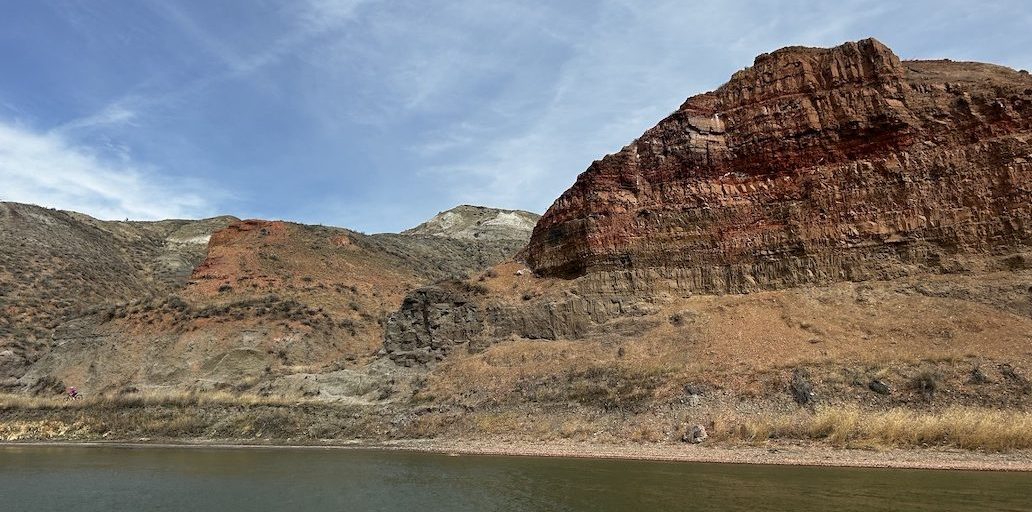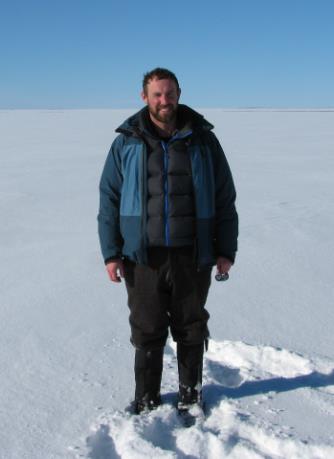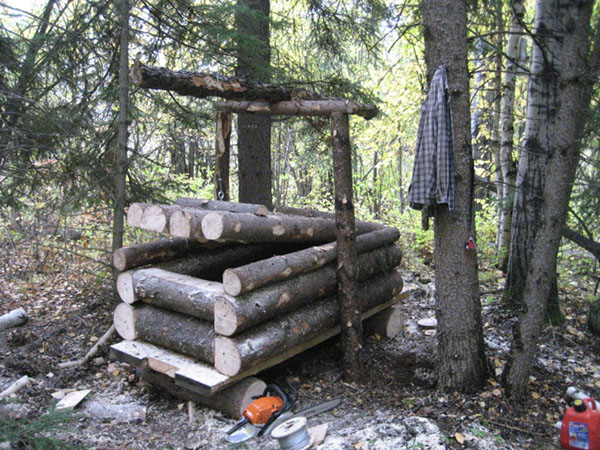Effects of industry on wolverine (Gulo gulo) ecology in the boreal forest of northern Alberta
Background and Objectives
The wolverine is valued by both the trapping and conservation communities for their symbolization of wilderness. In Canada, wolverines are considered a species of Special Concern. In Alberta, wolverines are functionally extinct from central and southeast regions while populations that remain in the north and west May be at Risk. The uncertainty in Alberta’s current risk assessment is because wolverines are Data Deficient in the province. Conducting research on wolverines that will contribute to updating ecological risk assessments is critical for the conservation of the species.
One of the greatest ecological threats to wolverines in northern Alberta and British Columbia is displacement and mortality caused by resource extraction and human access. My PhD research is focused on the effects of the oil/gas and forestry industries on wolverine ecology. Specifically, I am interested how patterns of industrial traffic and land use influence wolverine movements. I am also interested in wolverine food habits and den-site selection. We will evaluate wolverine ecology along a gradient of industrial disturbances represented in both Rainbow Lake and Bistcho Lake, Alberta starting in the fall of 2013. These data will facilitate improved population management by Alberta’s industrial and conservation stakeholders. Major project partners include the Dene Tha First Nation, Alberta Conservation Association, Alberta Trappers Association, Husky Oil, Strategic Oil, Wildlife Conservation Society Canada, TD Friends of the Environment Foundation, Safari Club International – Northern Alberta Chapter, Daishowa-Marubeni International Ltd. (DMI), and The Wolverine Foundation.
Methods
We will trap wolverines using log live-traps, attach GPS radiocollars, and relate their movements spatially and temporally to traffic volumes and habitats. We will monitor industrial traffic levels with a combination of road counts, motion-sensor cameras, and traffic data available from local industry. We also will quantify variability in snow condition and its effects on wolverine movement with stations spread throughout the region. Den-site selection will be investigated by ground and air to understand small and large scale habitat requirements.


